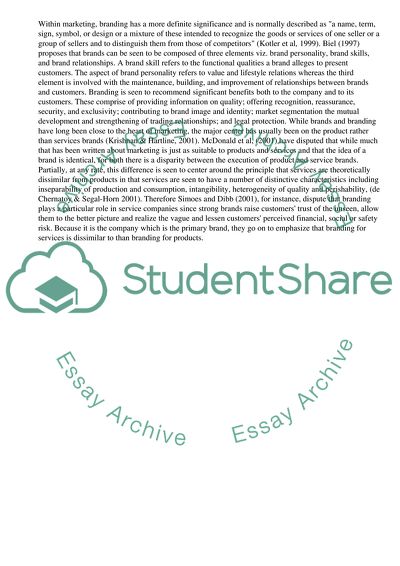Cite this document
(Establishing a Fast Food Retail Outlet in the UK Research Proposal, n.d.)
Establishing a Fast Food Retail Outlet in the UK Research Proposal. Retrieved from https://studentshare.org/business/1703346-marketing-research
Establishing a Fast Food Retail Outlet in the UK Research Proposal. Retrieved from https://studentshare.org/business/1703346-marketing-research
(Establishing a Fast Food Retail Outlet in the UK Research Proposal)
Establishing a Fast Food Retail Outlet in the UK Research Proposal. https://studentshare.org/business/1703346-marketing-research.
Establishing a Fast Food Retail Outlet in the UK Research Proposal. https://studentshare.org/business/1703346-marketing-research.
“Establishing a Fast Food Retail Outlet in the UK Research Proposal”, n.d. https://studentshare.org/business/1703346-marketing-research.


